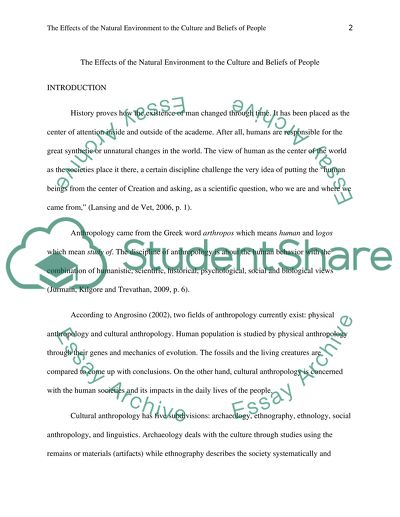Cite this document
(“How does a society's relationship to the natural environment influence Term Paper”, n.d.)
Retrieved from https://studentshare.org/anthropology/1432725-how-does-a-societyyies-relationship-to-the-natural
Retrieved from https://studentshare.org/anthropology/1432725-how-does-a-societyyies-relationship-to-the-natural
(How Does a society'S Relationship to the Natural Environment Influence Term Paper)
https://studentshare.org/anthropology/1432725-how-does-a-societyyies-relationship-to-the-natural.
https://studentshare.org/anthropology/1432725-how-does-a-societyyies-relationship-to-the-natural.
“How Does a society'S Relationship to the Natural Environment Influence Term Paper”, n.d. https://studentshare.org/anthropology/1432725-how-does-a-societyyies-relationship-to-the-natural.


